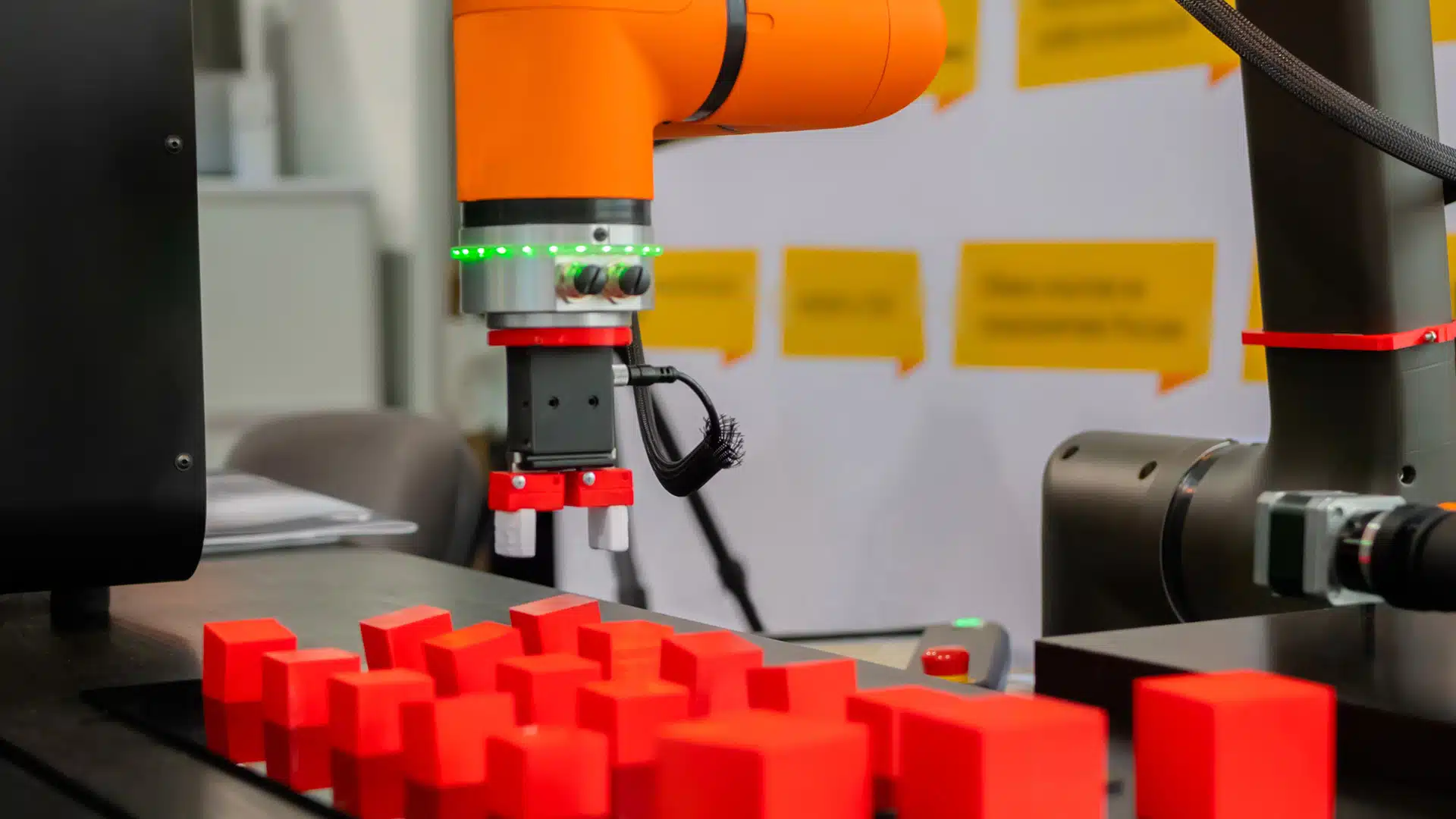The World Travel & Tourism Council (WTTC) released data in July indicating that in the United States alone, there is a 7% shortfall in job vacancies. According to WTTC’s data, an estimated 321,000 Travel & Tourism positions went unfilled in the January-June 2022 timeframe (a 5.4% shortage), and worker shortages were expected to persist into Q3, peaking at 412,000 sector job vacancies (the 7% shortfall). Sightseeing transportation, accommodation, and recreation are having the most serious labor shortage impacts.
Related Article: Addressing Labor Shortages Through Better Employee Experience
With the accelerated return to travel, this will hinder the full recovery of this sector, and will result in sub-par customer experiences. Companies will need to invest in processes and technologies that support positive employee experience (EX) for those already employed in the sector, and entice those who are considering employment. There are many technologies that can be leveraged, all which would be highly applicable to many of the frontline workers in the travel industry.

These technology applications could include:
- Feedback, Listening, Insights, and Action. This segment includes technologies such as surveying and feedback tools, voice of the employee (VoE) programs, as well as the analytics that help to make sense of the data. It could also include crowdsourcing, as employees give their voice to process and product improvements.
- Rewards and Recognition. This segment includes technologies such as mobile apps, platform modules or intranet add-ons that provide a way for recognition to occur between and among all levels in an organization, and for rewards to be given. Gamification could also be included here, and is often used in contact center and retail settings.
- Well-being, Community, and Culture. This includes software and solutions to increase positive well-being. It could encompass wellness tools as well as apps that provide “nudges” and customized coaching. Environmental, Social and Government solutions (ESG); Employee Resource Groups (ERG), DEIB (Diversity, Equity, Inclusion, and Belonging) as well as giving and volunteering solutions are also included in this segment, as would community building tools.
- Performance Management/Coaching/Development/Training. Software to manage performance on an ongoing basis, provide coachable moments, and support employee development. This segment is shifting to more of a real time and continuous model, moving away from the traditional annual review toward a more collaborative model that allows employees to better engage with and more clearly see the ties between goals, performance, learning, and feedback.
- Communications. Includes a broad range of apps and/or tools to keep employees informed and connected. These solutions have been leveraged with frontline and non-desk workers for quite some time but have increased in importance since the pandemic. These tools are now going beyond the basics such as scheduling to include access to features such as communities, company information, announcements, and alerts.
- Digital EX and Supporting Technologies. Technologies that help monitor, automate, and smooth out technology interactions. Could include digital employee experience platforms as well as supporting technologies such as conversational AI and enterprise-wide search technologies.
- Periphery HR Technologies. While not considered core to EX, these are systems that are potential sources of frustration and friction. This includes technologies that support fairly transactional interactions, such as scheduling, payroll, onboarding, applicant tracking, etc. Often, if the basics of putting in hours, requesting schedule changes, or filling out onboarding forms are unwieldy, hard to use, and exasperating, it can contribute to dissatisfaction.
Some hospitality companies are starting to lean into training and development. As an example, Radisson launched a recruitment campaign in early summer to attract talent to more than 1,500 open positions. The company emphasized its offering of personalized development plans leveraging the Radisson Academy. This learning academy was formed in 2019 and offers three modes: online, live, and on the job. It is designed to enable individualized career development and create a supportive performance culture. The company formed a partnership with Typsy, a leading provider of hospitality training videos, and has also expanded its Radisson Academy to provide virtually facilitated expert sessions, as well as the opportunity to network and share best practices with colleagues from hotels around the world and build internal learning communities. Monthly virtual training topics are offered based on pulse surveys given to employees.
To really attack issues with employee experience often takes a multi-pronged approach. Radisson is touching on several EX areas – building community, gathering feedback, and supporting development. Companies of all sizes will, of course, need to prioritize both from a budget standpoint as well as needing to have the internal ability to implement and sustain any EX-technology or approach introduced.
Related Article: Hotel Employee Engagement and Retention Continues to Be a Challenge
Author Information
As a detail-oriented researcher, Sherril is expert at discovering, gathering and compiling industry and market data to create clear, actionable market and competitive intelligence. With deep experience in market analysis and segmentation she is a consummate collaborator with strong communication skills adept at supporting and forming relationships with cross-functional teams in all levels of organizations.
Sherril holds a Master of Business Administration in Marketing from University of Colorado, Boulder and a Bachelor of Arts in Psychology from Rutgers University.








